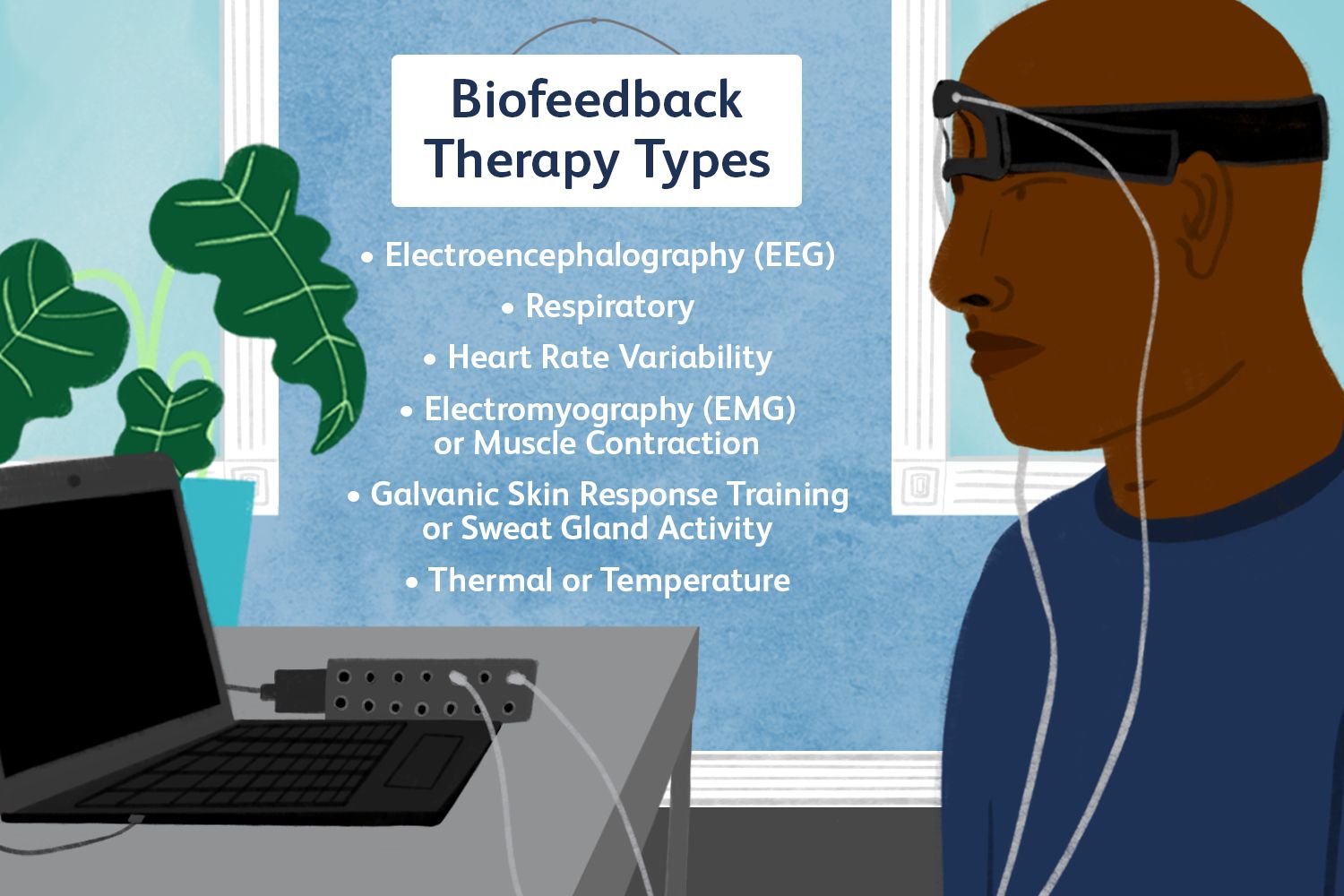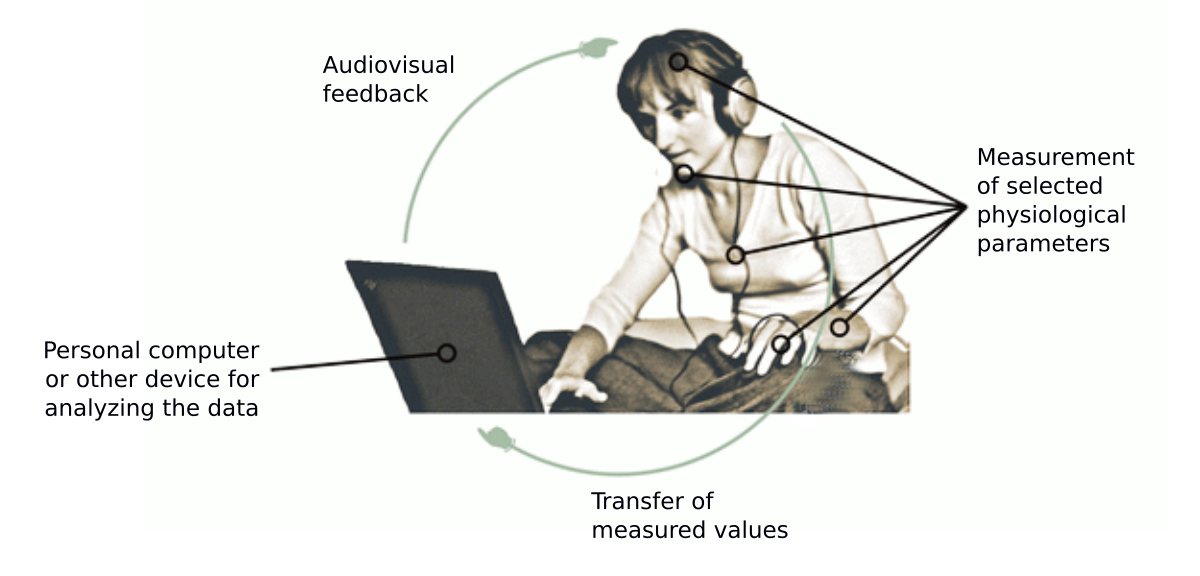Today I am going to share something about my experience with the Life System Biofeedback.
To be honest, I heard about biofeedback a long time ago, but I never thought I would use it myself. I always thought that it was some kind of high-tech thing, something only doctors and scientists used. But recently, I have been dealing with a lot of stress and anxiety. I tried all sorts of things – meditation, yoga, even those fancy breathing exercises. They helped a bit, but not enough. Then a friend mentioned biofeedback, and I thought, why not give it a shot?
Getting Started
First, I did some digging online. I learned that biofeedback is basically a way to learn to control some of your body’s functions that you are usually not aware of. You get hooked up to these sensors that measure things like your heart rate, muscle tension, and skin temperature. Then, you see these measurements on a screen and try to change them with your mind. Sounds crazy, right? But it’s real.

I found a local practitioner who specialized in this stuff. We had a chat, and he explained everything to me. He said that biofeedback could help me manage my stress by teaching me how to relax my body and calm my mind. I was still a bit skeptical, but I was willing to try anything at this point.
The Sessions
So, I started my sessions. The first time I went in, the practitioner hooked me up to the sensors. I had these little electrodes on my fingers and forehead. He told me to just sit there and breathe normally. On the screen, I could see my heart rate, skin temperature, and something called “electrodermal activity,” which is basically how sweaty your skin is. Apparently, the sweatier you are, the more stressed you are.
The practitioner then guided me through some relaxation exercises. He told me to imagine I was in a peaceful place, like a beach or a forest. As I did this, I started to see the numbers on the screen change. My heart rate went down, my skin temperature went up (which is a good thing in this case), and my electrodermal activity decreased. It was pretty wild to see my body responding to my thoughts in real time.
Practicing at Home
After a few sessions with the practitioner, I learned some techniques I could practice at home. One simple thing was deep breathing. I would sit in a quiet place, close my eyes, and focus on my breath. I would inhale slowly for a count of four, hold for four, and exhale for four. This helped me a lot, especially when I felt a panic attack coming on.
Another thing I learned was progressive muscle relaxation. This involves tensing and relaxing different muscle groups in your body. You start with your toes and work your way up to your head. It sounds simple, but it’s surprisingly effective. It helps you become more aware of your body and release physical tension.
Results and Reflections
I have been practicing biofeedback for a few months now, and I have to say, it has made a big difference. I feel much calmer and more in control of my stress levels. I still have bad days, of course, but now I have the tools to deal with them. It is like I have been given a superpower – the ability to control my own body and mind.
One thing I learned is that biofeedback is not a quick fix. It takes time and practice. You have to be patient and persistent. But if you stick with it, it can be incredibly rewarding.

- The most important thing is to find a qualified practitioner. Don’t just go to anyone. Make sure they know what they are doing.
- Be open-minded. I know it sounds a bit out there, but give it a chance.
- Practice regularly. This isn’t something you can do once and expect miracles. You have to put in the work.
In the end, biofeedback has been a game-changer for me. It has helped me manage my stress and anxiety in a way that nothing else has. If you are struggling with similar issues, I highly recommend giving it a try. It might just change your life, like it did mine.















